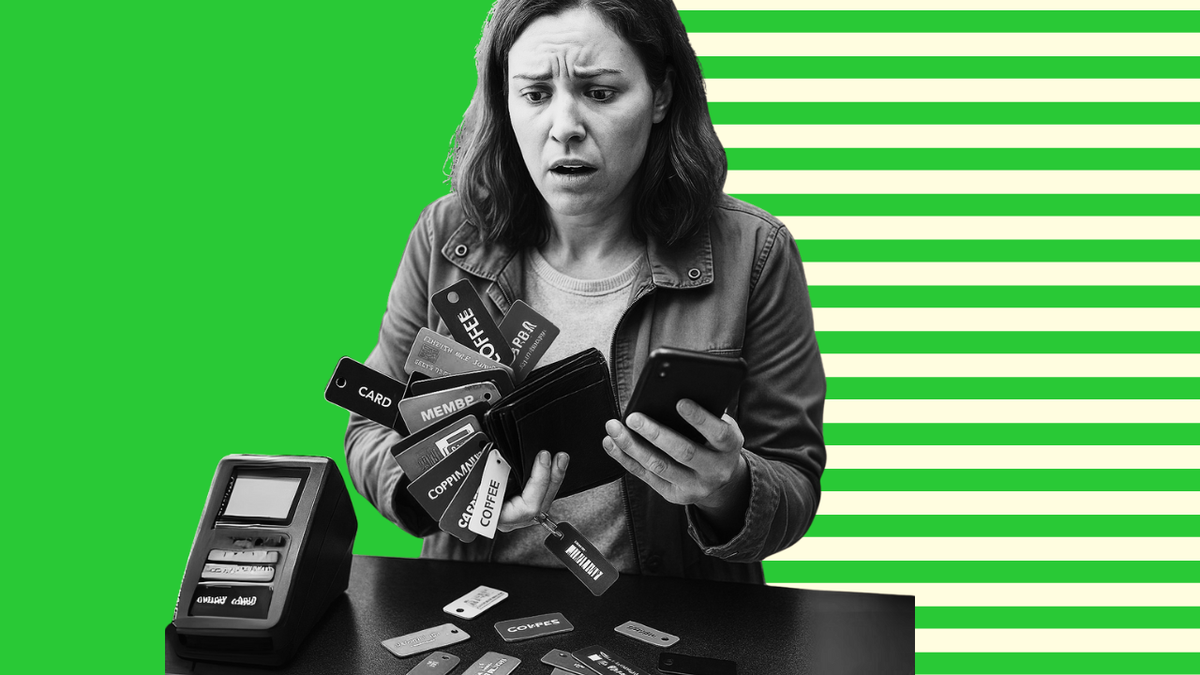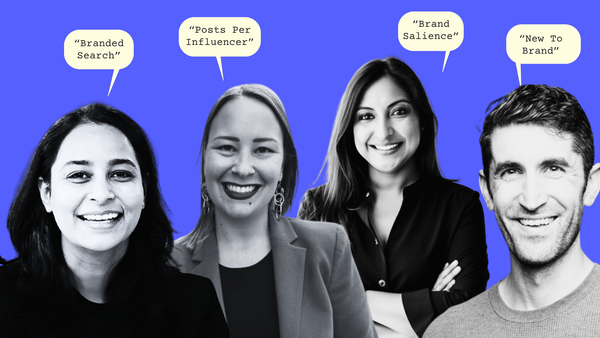9 Ways to Make Your Loyalty Program Simply Irresistible... To AI Agents
By creating their own loyalty hooks, brands can insert themselves directly into the decision logic and strengthen consumer preference across any channel.
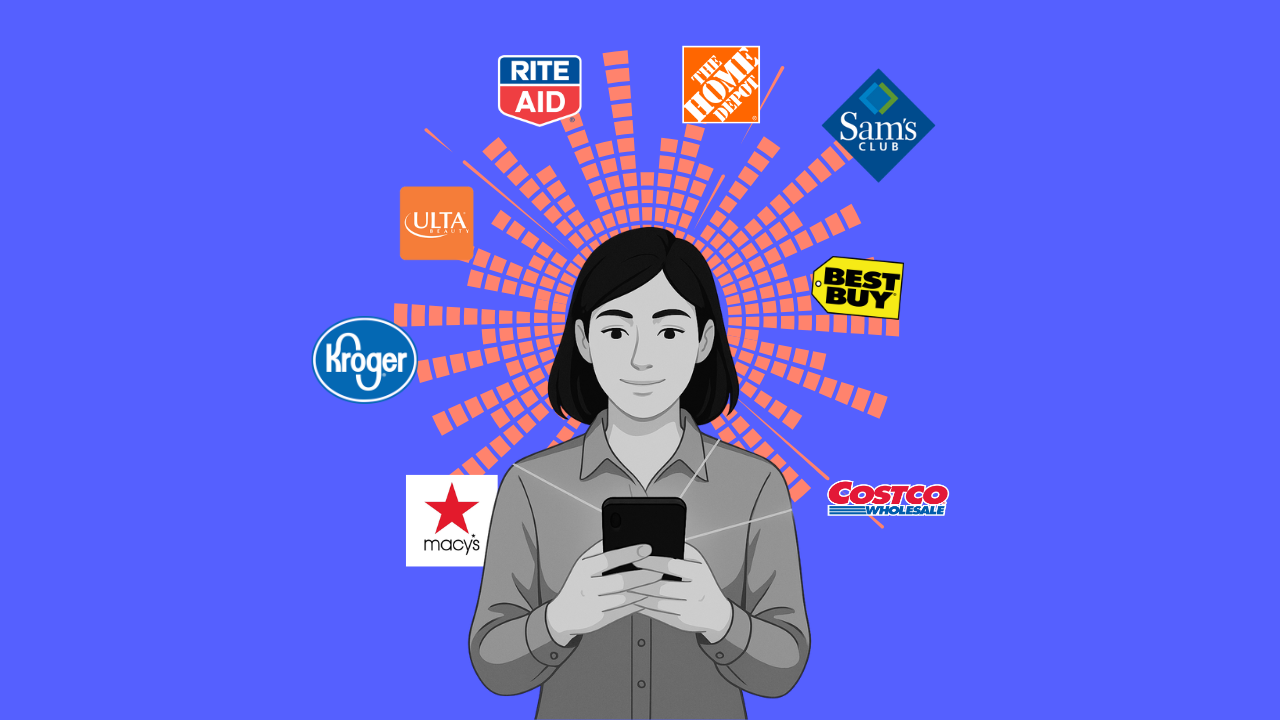
Last week, I shared loyalty expert Stephanie Meltzer-Paul's reality check on my "loyalty as last moat for retailers" thesis. Her insight: loyalty programs won't survive agentic shopping by standing still—they'll need to evolve into machine-readable preference engines that AI agents can actually use. (Catch up here)
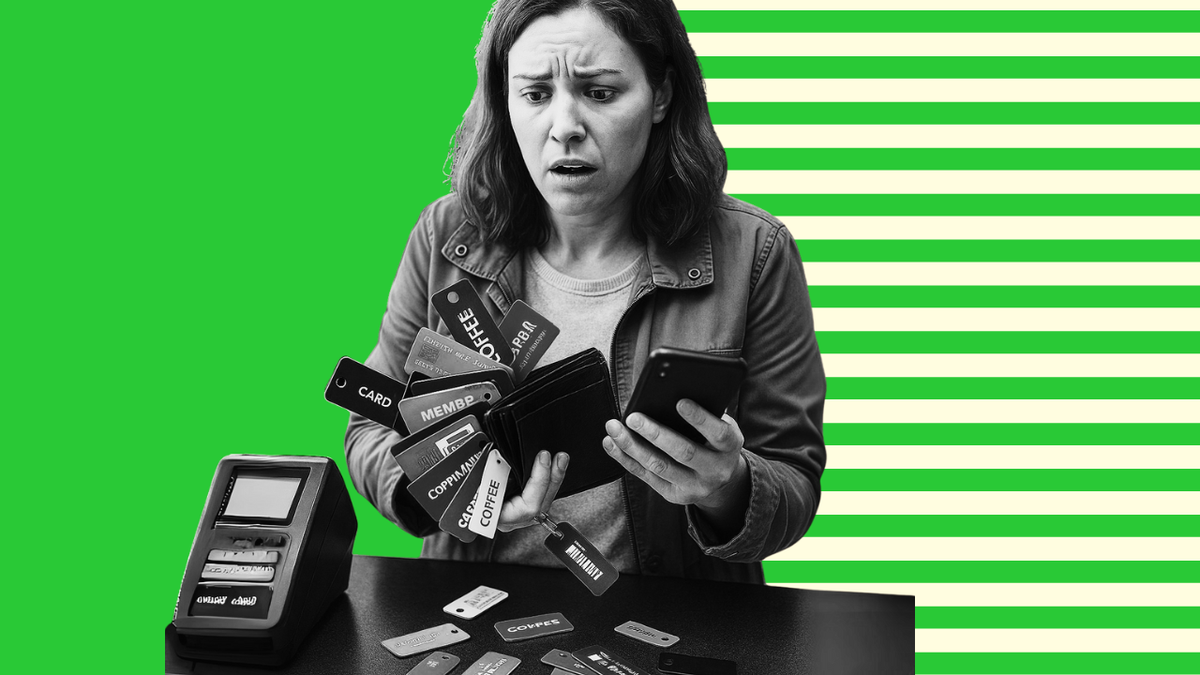
But evolution requires more than good intentions. It demands specific moves that most retailers and brands haven't started making yet.
The missing pieces Stephanie pointed out—from loyalty benefits that don't show up in product search to overly complex redemption rules—are problems worth solving. Retailers who tackle these first will do more than just cope with AI shopping agents. They'll make the most of them to build stronger customer ties and find new ways to make money.
Here's the playbook based on our conversation.
What Retailers Need to Do Right Now
Make Loyalty Data Agent-Friendly
The biggest gap isn't technical—it's strategic. Most retailers built loyalty programs for humans browsing websites, not AI agents making purchase decisions. That needs to change.
Expose point earning, tier status, and promotions in machine-readable form so agents can weigh them alongside price. Without this, your program risks being invisible in agentic shopping. Think structured data that clearly communicates "2X points this week" or "free shipping at Gold tier" in ways that agents can parse and factor into recommendations.
Acosta Group’s retailer intimacy is legendary—merchants answer their calls. You're not going to find that access at the same scale with any other partner out there. That expertise with both retailers and shoppers fuels its Connected Commerce team, which offers digital shelf, retail media, and data analytics all under one roof.
Tap into 100 years of retailer relationships and award-winning digital commerce capabilities.
Expand Beyond Discounts
When Stephanie told me that too many programs have become "discount/coupon machines," she hit a soft spot for retailers. In an agent-driven world where price comparison is instant and perfect, discount-based programs become commoditized.
Instead, invest in access, experiences, and services—early shopping hours, VIP events, free delivery—that differentiate your program from "just another coupon engine." These benefits create genuine preference that persists even when agents optimize purely for price.
Integrate Loyalty With Retail Media
Here's an opportunity most retailers are missing: tie membership tiers and loyalty signals into your retail media network targeting and reporting. This makes your RMN more valuable to advertisers while strengthening your program's business case. An early mover here is Sam's Club MAP, who's betting big on the future of experiential marketing.
Imagine telling a CPG brand: "We can target your campaign specifically to our Gold tier members who've purchased competing products in the last 90 days." That's precision targeting that commands premium CPMs and proves loyalty program ROI beyond just customer retention.
Reduce Friction in Earn-and-Burn
Simplify redemption across channels and categories so AI agents (and humans) can seamlessly apply value—turning loyalty into a utility, not a chore. The complex redemption logic that makes programs profitable today may become a liability when agents need clear, consistent rules to optimize value.
Forge Brand Partnerships
Allow CPGs and other vendors to "plug into" your loyalty ecosystem with co-branded rewards, deepening shopper stickiness and creating new monetization opportunities.
It isn’t a loyalty program in the classic sense, but it borrows the trust and value-exchange mechanics of loyalty and fuses them with the monetization engine of commerce media. It’s a glimpse into how these two models may converge.
What Brands Can't Afford to Ignore
While Stephanie focused on retailers, the challenge for consumer brands is just as urgent. If retailer loyalty becomes a significant input for agentic shopping decisions, brands risk invisibility—reduced to interchangeable SKUs in a price-and-points race.
But the flip side is powerful: by creating their own loyalty hooks, brands can insert themselves directly into the decision logic and strengthen consumer preference across any channel.
Build Direct-to-Consumer Loyalty Layers
Offer perks, points, or exclusive experiences for shopping direct (as protein bar brand Built does with "Built Bucks"), creating brand-level affinity that stands apart from retailer programs. When an agent is comparison shopping, brand-specific benefits become another factor in the decision matrix.
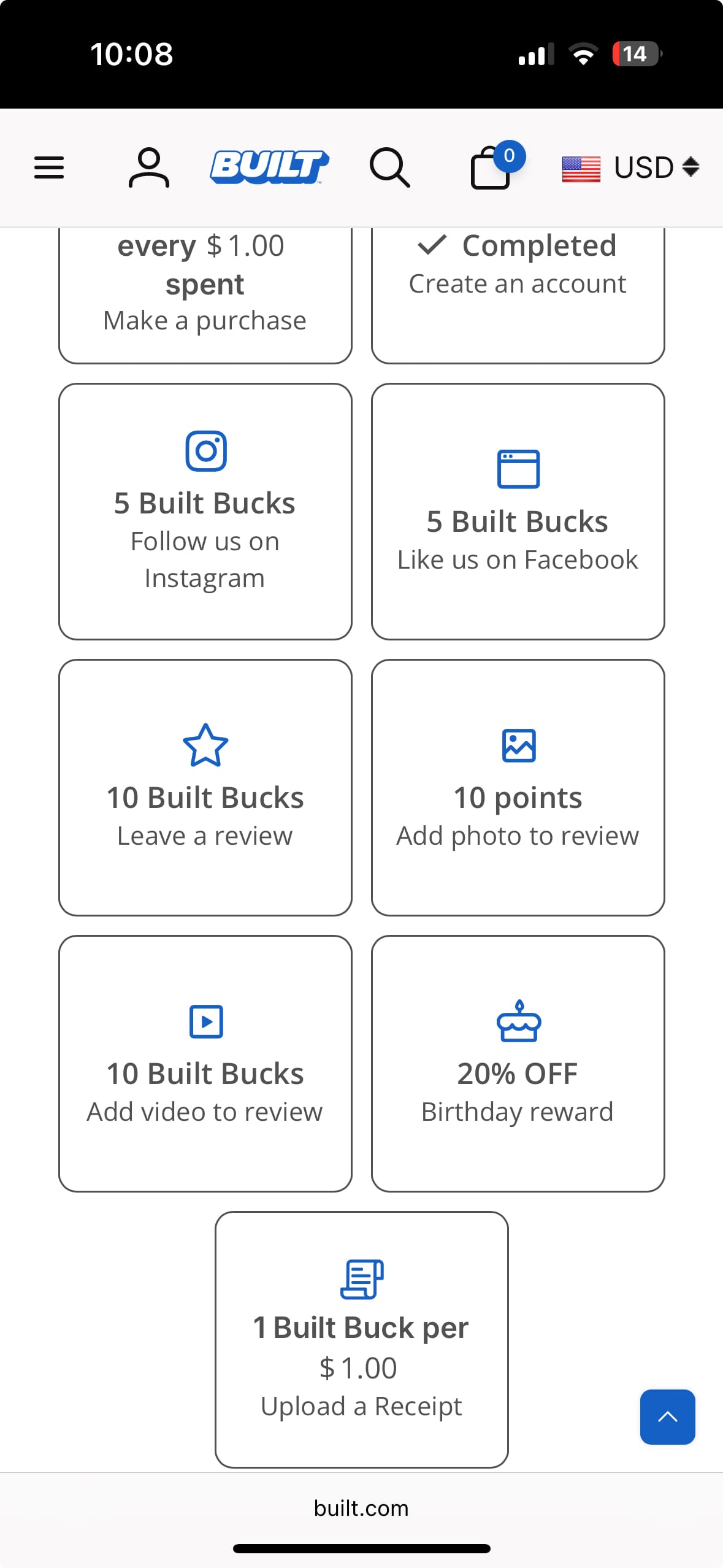
Credit Retailer Purchases Inside Brand Programs
Let consumers upload receipts or link loyalty IDs to earn brand points even when they shop at Walmart, Amazon, or Target. This recaptures data and reinforces the brand relationship wherever the sale occurs. Your loyalty program becomes channel-agnostic while still building direct consumer connections.
Negotiate Presence Inside Retailer Ecosystems
Push for dual crediting or co-branded promotions (e.g., "earn Nike points + Dick's points"), ensuring the brand's loyalty value is visible alongside the retailer's. This requires relationship leverage, but it's worth fighting for visibility in the agent decision process.
Layer in Unique Benefits
Extend warranties, offer early product drops, or bundle services as brand-only rewards, giving agents rational signals and consumers emotional reasons to prefer your products. These benefits can't be easily replicated by competitors or reduced to pure price comparison.
Use Loyalty as Pull in Retail Media
Demand that retailer ad platforms allow targeting against loyalty-enrolled or high-value brand buyers, making media spend more efficient and defensible. If you're investing in building brand loyalty, you should be able to activate against that audience in your retail media campaigns.
The Integration Challenge Is the Opportunity
Loyalty programs and AI agents don't have to be enemies. The retailers and brands who figure out that connection first will have an edge.
But this requires a big change in thinking. Instead of viewing AI agents as a threat to direct customer relationships, smart retailers and brands will see them as a new interface for delivering personalized value. The loyalty program becomes the data layer that helps agents make better decisions on behalf of consumers.
Stephanie Meltzer-Paul's So Many Points newsletter covers loyalty and CRM marketing with the insider perspective that only comes from building these programs at scale. Worth subscribing for anyone serious about the loyalty space.
Related posts:
